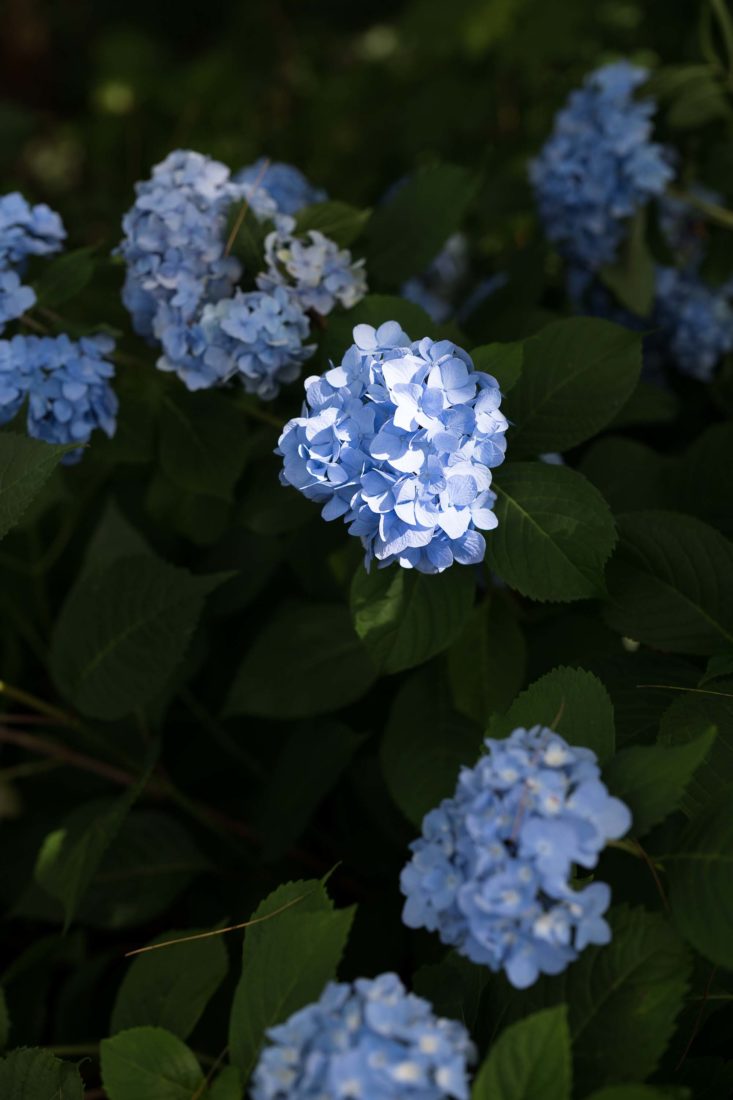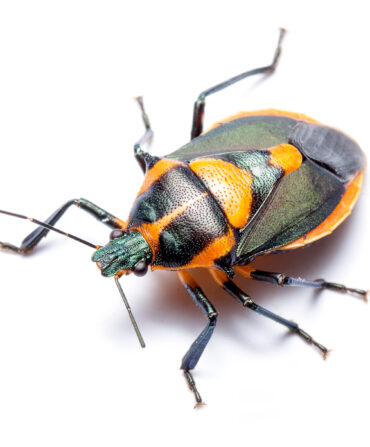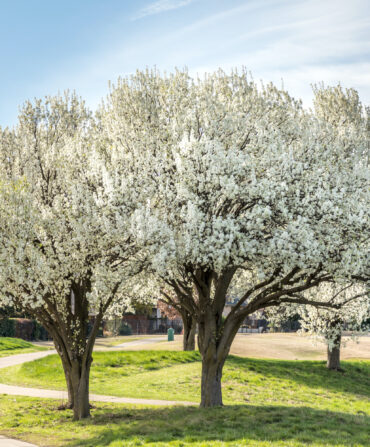Three days after the 2020 tornado ripped through Nashville, I followed its path along I-40 East toward Cookeville, Tennessee, to interview master gardener Leo McGee about the hydrangea garden he and his wife, Gloria, have spent the last thirty-six years tending. (You can read the original story here. Leo passed away in April 2021.) When presented with the stunning results of years of hard work up close, it was impossible not to be in awe of his immense knowledge and skill, especially knowing just how tricky it is to make hydrangeas thrive.
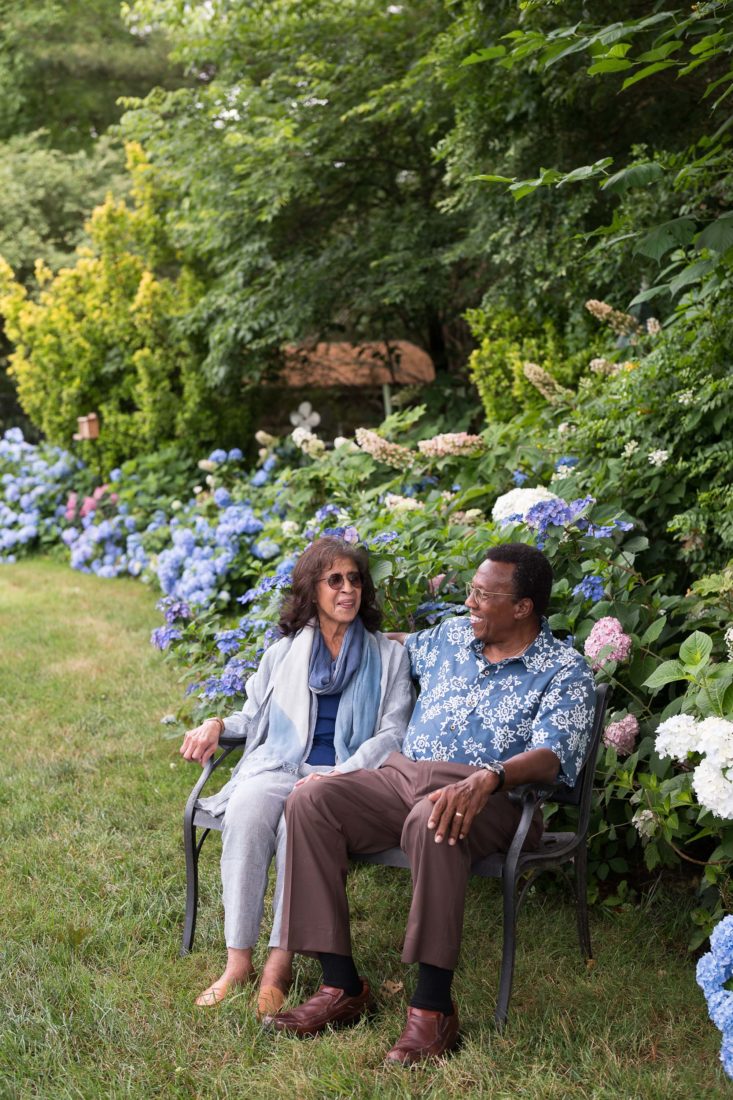
At the time, neither of us realized we were just two weeks away from a country-wide shutdown that would lead so many of us to pursue new at-home hobbies like baking and yes, gardening. One of the inspired horde, I headed to my local nursery, where I waited in a line twenty cars deep only to kill everything I bought. The hydrangeas in our yard (planted by someone with more knowledge than me) are hanging on, so nearly a year later, I decided to reconnect with McGee hoping he could demystify the temperamental but beloved hydrangea and help other beginners like me. Here, he whittles down his know-how into a few simple pointers.
Know Your Bloom Types: Mopheads, Lacecaps, and Cones
A simple working knowledge of the various hydrangea bloom types will help you determine what you like and make the shrub selection process a bit easier. In North America, there are five species of hydrangeas—bigleaf, panicle, oakleaf, smooth, and climbing—and there are dozens of varieties and even more cultivars. But in general, McGee says, there are just three basic bloom types: mopheads, lacecaps, and cone-shaped.
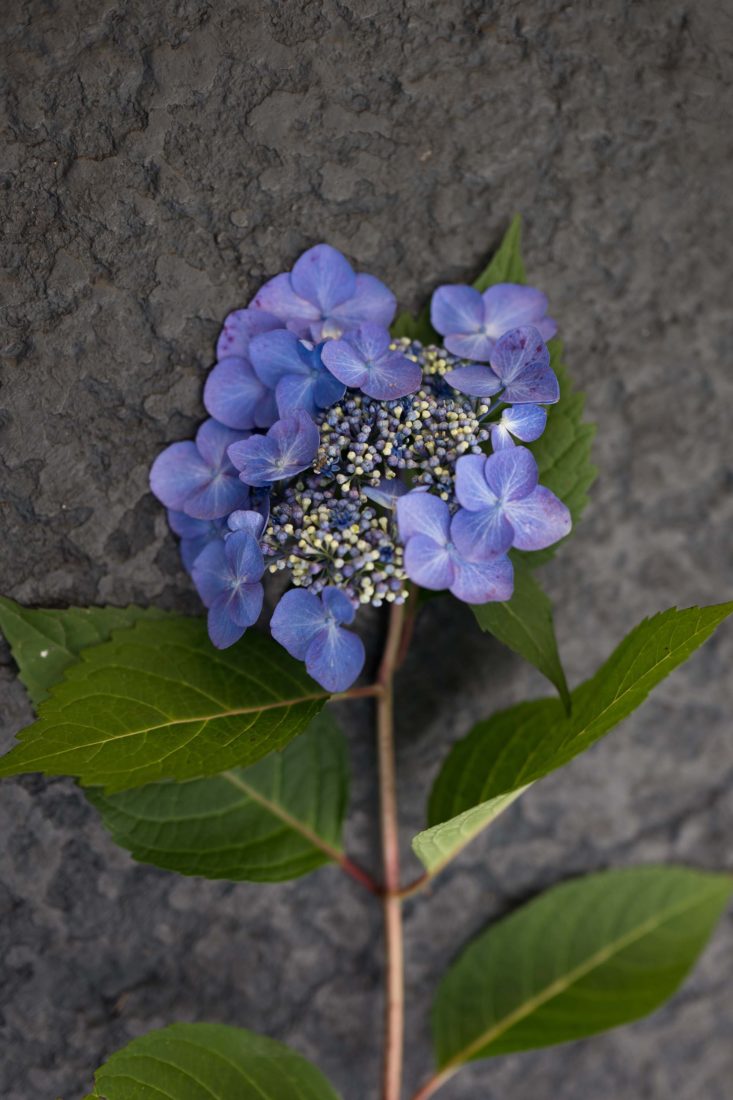
Plan Your Mix
For beginners, McGee suggests starting with a few hardy varieties with a mix of bloom types. “Every year I learn something new about hydrangeas because they come up with new ones every year,” he says. “It’s up to the gardeners to figure out which ones are suitable for their region.” If you don’t know what growing zone you fall in, you can ask at your local nursery. (Google works just fine, too.) “As far as I’m concerned though,” he continues, “for our region, which is zone 7, and further south, there are four or five good standards.”
- Endless Summer Original (bigleaf), developed by Michael Dirr at the University of Georgia. Bloom type: mophead; color: blue.
- Twist-n-Shout (bigleaf), another Dirr creation. Bloom type: lacecap; color: blue.
- Ruby Slippers (oakleaf), developed in McMinnville, Tennessee, as part of the U.S. National Arboretum’s breeding program. Bloom type: cone-shaped; color: blooms white before turning light pink and deepening to rose.
- Snowflake (oakleaf), discovered wild in the woods near Hoover, Alabama. Bloom type: cone-shaped; color: white.
- Incrediball (smooth), an “Annabelle” cultivar, which was discovered wild in Illinois. Bloom type: mophead; color: white.
Snag a Few Basic Tools
“You really don’t need much,” McGee says. “A good pointed shovel, pruners, and loppers.” Think of loppers as the bigger, stronger sibling to your basic pruners. Loppers have long handles, require two hands to operate, and are designed for the big garden jobs.
Plant in Early Spring or Late Fall
According to McGee, hydrangea gardening is a year-round proposition: “You can plant hydrangeas any time the ground isn’t frozen,” he says. “But the premier time to plant is early spring and late fall. I usually plant the second week of March and again in November.” When planting new specimens, he suggests supplementing the native dirt with tree and shrub garden soil and Holly-tone, an organic all-natural fertilizer that works well on acid-loving plants like hydrangeas, as well as on camellias, azaleas, and rhododendrons.

Size up, and Look for Plants in Bloom
Skip quart-sized plants, which can take three or four years to really mature, and go for larger hydrangeas in three or five gallon containers instead. Timing isn’t the only thing to consider when it comes to sizing up: “I like to get the five gallons most of the time now because the plants have had time to develop, and if they’re in bloom, then I can feel fairly safe that they’re going to be okay. I will not buy a new plant unless it is already in bloom.” Even that isn’t a guarantee, McGee admits, but it does give you (and the plant) a head start.
Location, Location, Location
If your hydrangeas aren’t thriving, you’ve probably planted them in the wrong spot. It’s a mistake McGee himself made early on, and when he finally realized his hydrangeas, which were refusing to bloom, weren’t getting enough sun, he waited for Gloria to go out of town and chopped down the handful of silver maples that were shading the yard. His hydrangeas began to prosper, and she eventually forgave him.
The amount of sun your hydrangea needs also depends on the species and variety, but your location in the country matters, too. “I live in zone 7,” McGee says. “My sense of it is that the further south you go, the less sun that the hydrangeas are going to need because they’ll burn up.” Note: They’re also salt tolerant and do well in many coastal regions.
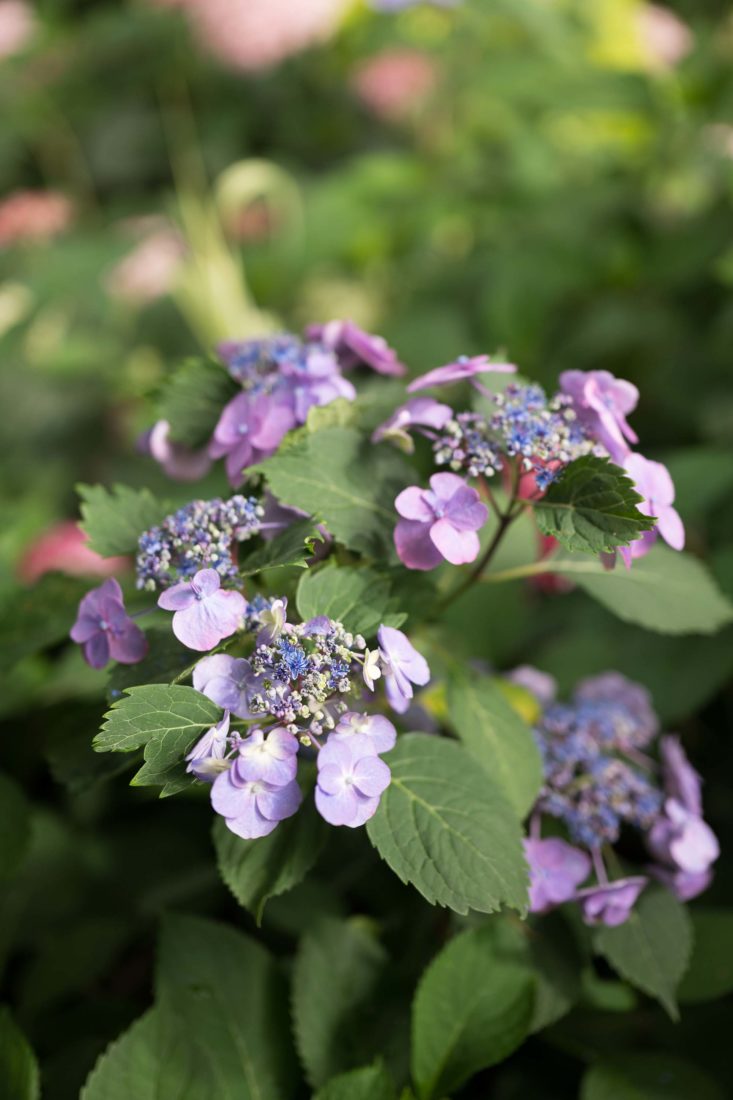
Mulch Is Your Friend
Dig your hole deep enough so that the top of the hydrangea’s root ball is level to the ground when resting at the bottom of hole, and then cover it with soil and mulch. “You have to mulch it really well,” McGee says. “Mulch does two things: It will decompose and give additional nutrients, and in the winter, it will keep the plant warm, so it won’t freeze.”
Watch out for Incorrect Pruning
“Hydrangeas are like children: You have to treat them all differently,” McGee says. “There’s not an across-the-board strategy for pruning everything. You have to know the plants. The ones that need pruning and the ones that do not. The ones that bloom on new growth and the ones that bloom on old.” Best advice: Talk to your local nursery or garden center before you start snipping.
And before you ask, no that doesn’t mean you can’t cut the blooms to bring them inside or share with friends and family. “If you cut the blooms off when they’re at their peak, that’s fine.” Gloria recommends cutting the stems at an angle and placing them in a vase with just an inch or so of water.
Have Fun—and Experiment
Don’t be afraid to fail. Even thirty-six years in, McGee’s hydrangea graveyard (a decaying pile of unsuccessful attempts in the back corner of his garden) continues to grow. And he’s always trying out new hybrids. Last November, he planted two new oakleaf varieties—Gatsby Pink and Gatsby Gal—which have showy cone-shaped blooms, as well as Let’s Dance Rhythmic Blue, a no-prune mophead developed to withstand both Midwest winters and Florida and Texas summers.


